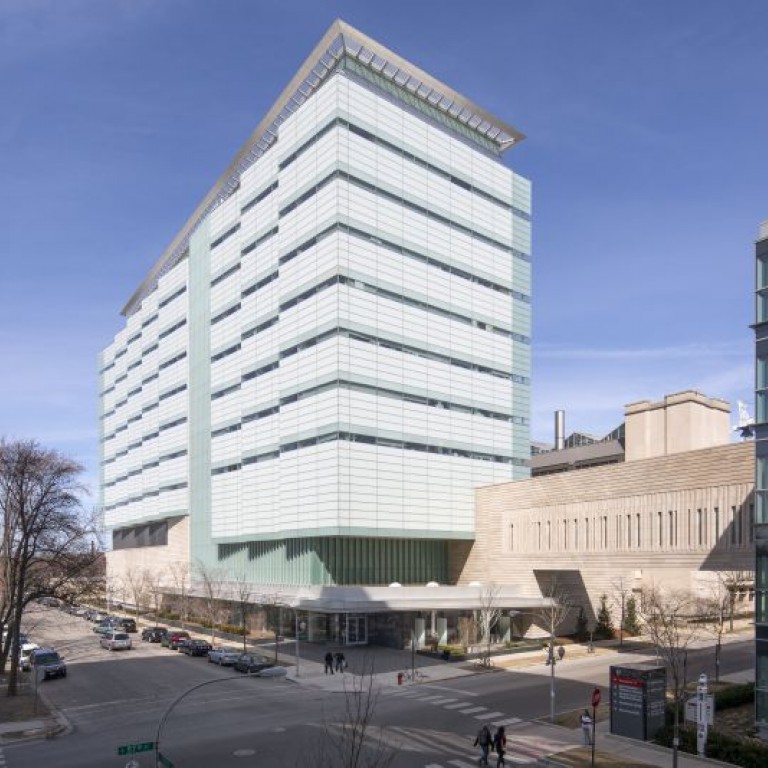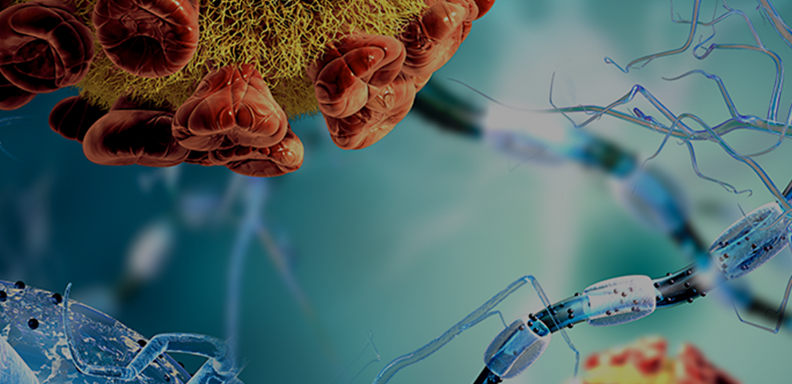As a scientist, Rama Ranganathan doesn’t ask small questions. His work focuses on understanding the rules of evolution: how nature managed to build the kind of organisms and ecosystems we see around us today, and how they differ from the kinds of machines and systems humans can build ourselves. In a sense, he’s asking what it means to be alive, which seems like a question more suited for a philosopher than a bioengineer.
“The fundamental problem of biology today, right now, is the more we collect data about these systems, the more and more complex our view of biology gets,” he said on a recent podcast episode with University of Chicago political science professor Eric Oliver. “With everybody becoming more and more narrow in their disciplines, nobody is seeing the global future. That's because everybody's drilling down into the details of systems. In my own work, I seem to find more confidence that there will be some unifying features about these things that will give us a simple understanding of life ultimately.”
Ranganathan, who is the Joseph Regenstein Professor in the Department of Biochemistry and Molecular Biology and the Pritzker School of Molecular Engineering, joined UChicago in late 2017 to launch the Center for Physics of Evolving Systems. His research centers on the evolution of biological systems like proteins and cell signaling. These systems can be both mind-bogglingly complex and deceptively simple, but they often rival or exceed the abilities of any kind of system that humans could engineer.
As an undergraduate engineering student at the University of California, Berkeley, Ranganathan said he was blown away by the amazing technology and potential of what humans could design. But he also noticed that the more specialized and high-performance a machine gets, like an F1 race car engine, the more fragile and high maintenance it gets too.
“The funny thing is that evolution also makes things that are F1 sportscar engines, in terms of their performance,” he said. “But they are also adaptive, which means that you can ask it to do a different job and with a few mutations, it turns into doing some other job really well too.”
Designing natural machines
Ranganathan coupled this engineering background with a medical degree and has spent his career thinking about ways to apply these design principles to improve both engineering and basic understanding of biology and disease. Combining experimental laboratory work with modeling and simulation, his lab hopes to break down the design principles that built these “natural machines,” as he calls them, and apply the same rules to engineer man-made molecules and systems with the not just the same functionality, but most importantly, with the same ability to evolve and adapt to their environments.
This work reached one practical conclusion in 2020, when Ranganathan took a leave of absence from the university to co-found Evozyne, a biotech company that uses generative artificial intelligence (AI) to design and build new, custom proteins. Incorporating research about the rules that govern how and why proteins are built the way they are, the company’s AI platform simulates and learns from models of millions of years of evolution to create new proteins for specific purposes, like antibodies to treat disease while minimizing harmful immune responses, enhanced gene editing tools, and capturing carbon during industrial processes to minimize emissions.
After closing two rounds of fundraising and building partnerships with tech giants like Microsoft and NVIDIA, Ranganathan decided it was time to return to academia. “There are fundamental goals that we still need to finish in our academic work. The story of natural machines is not complete yet, and that’s what I came here to do.”
The rules of making living things
As he returns to the UChicago faculty full-time, Ranganathan believes he can finish his work on the story of protein evolution in the next five to eight years. By applying rapidly improving generative AI technology like he pioneered at Evozyne, and by using the BioCARS beamline at the Advanced Photon Source at Argonne National Laboratory, an advanced x-ray facility to capture movies of molecular structures at infinitesimal scale, Ranganathan hopes to combine these data with molecular simulations to play out the many possible trajectories of the different shapes, structures, and functions that proteins could take.
Since the data and patterns distilled from these studies will describe universal rules of evolution, Ranganathan also believes that they can be applied at larger scales. Instead of predicting the shape and structure of a protein, for example, researchers could apply the same techniques to design a custom microbiome, like the work UChicago systems biologist (and Ranganathan’s former student) Arjun Raman is doing to build microbial communities that can fight infections.
This approach could also lend itself to designing synthetic genomes to bestow new functionality to organisms, sorting out the fantastically complex calculations of the brain, or understanding larger-scale systems like markets and social networks. This opens doors to collaborating with more colleagues at the university, from the Biological Sciences Division and Pritzker School of Molecular Engineering to other disciplines like physics, chemistry, data science, and the humanities.
Never shy of considering possibilities, Ranganathan thinks these ideas can even apply to creating new forms of life.
“At the protein scale and at the microbiome scale, I think we will soon achieve generative models that work for us,” he said. “And I’m hopeful that at the genome scale, we will be able to understand the rules for making a minimal living thing. That’ll be pretty cool.”



